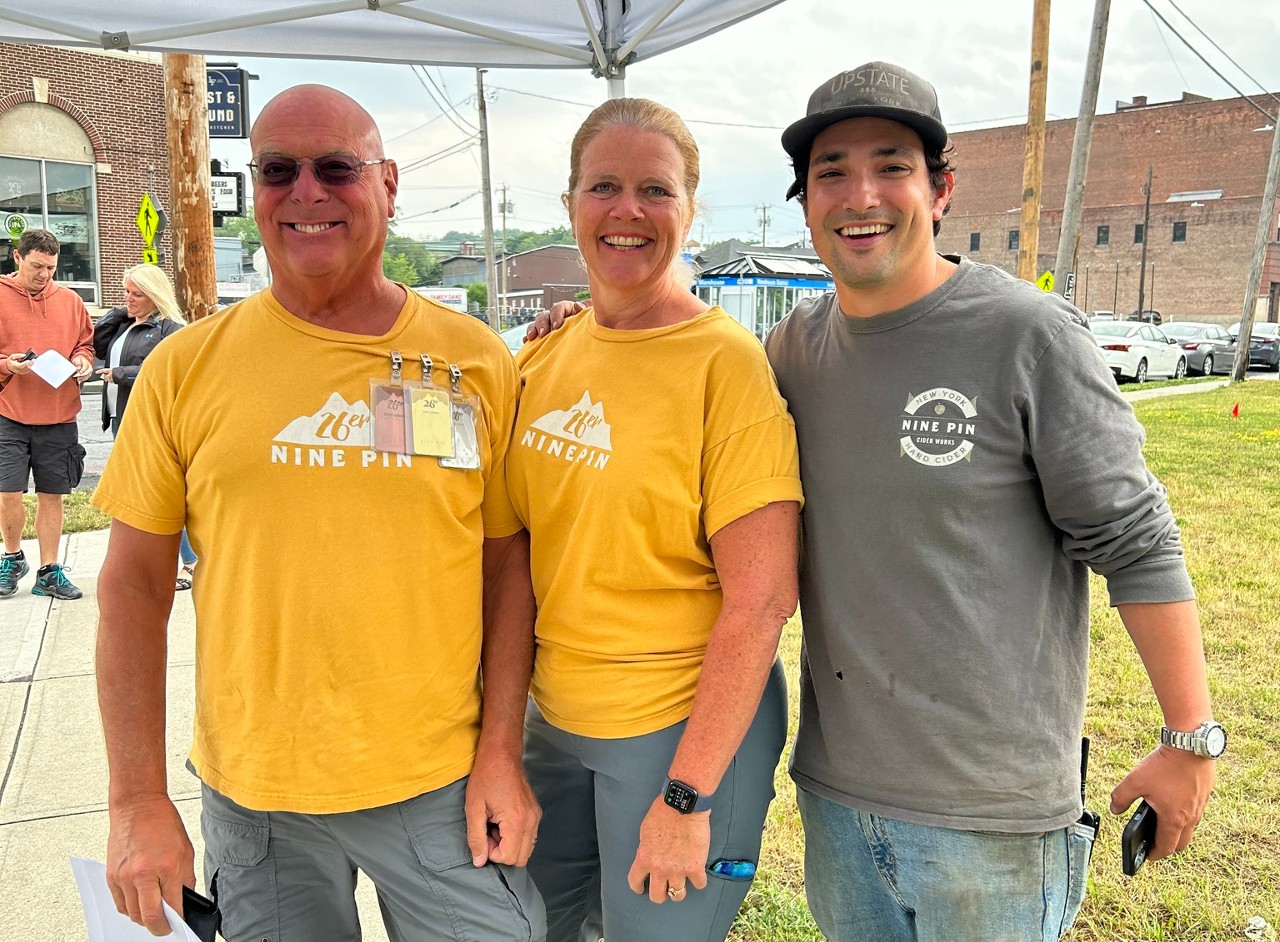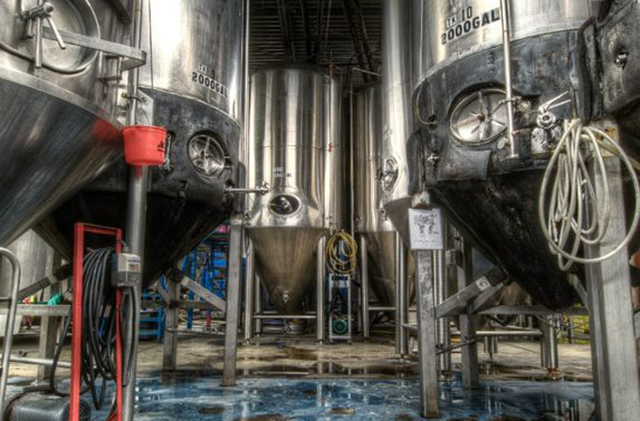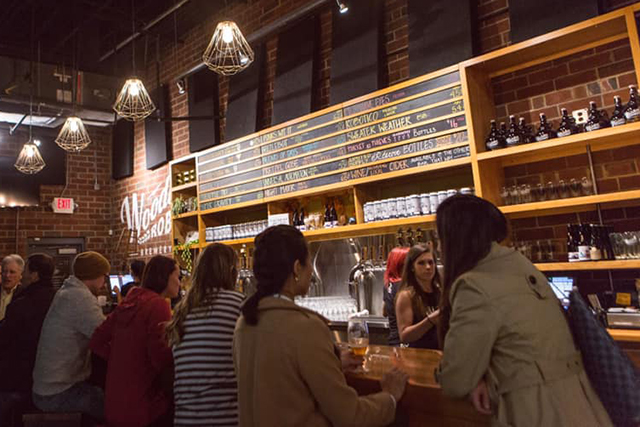
Growing your own fruit is one way to control the quality you’re working with when making cider, but it isn’t the only way.
Maintaining good relationships with growers is of utmost importance for cideries that truck in their fruit, but Nine Pin Cider takes that mantra a step fuller, with owner and head cider maker Alejandro del Peral noting that it’s the reason behind his company’s existence.
Del Peral said Albany-based Nine Pin’s mission was to support New York agriculture by producing quality craft ciders using 100% local apples and fruit.
“Nine Pin exists because apples grow in our corner of the world and we wanted to support and be a part of the local agricultural food system,” del Peral said. “Keeping the growers happy is crucial to our business because without fruit we can’t make the cider.”
Those relationships come in handy when making a special cider like Nine Pin’s latest — Montmorency Cherry — which specifically from Bittner-Singer Farms in Appleton, N.Y., just south of Lake Ontario in Niagara County. The cider, which is packaged in 12 oz cans and has an ABV of 5.7% is only being sold at independent retailers throughout New York State to support local small businesses as well as Nine Pin’s tasting room.
Cherries are not a challenging ingredient to source in New York, del Peral admitted, as Western New York has several large producers that yield substantial Montmorency Cherry crops, noting that they are a great ingredient to use in hard cider because the high acidity in the cherry complements the acidity in fresh pressed apples, creating a refreshing, sour cider.
However, prioritizing your relationship with your grower ensures access to that fruit. Del Peral said he had a few tips for doing that that had paid off for Nine Pin, including ensuring they’re fairly compensated with no surprises and making sure to give credit where credit is due and when it’s desired.
“We try to maintain great relationships with growers throughout the state by paying mutually agreed upon pricing so they make a profit and giving them recognition when possible,” del Peral said. “Some farmers care more about visibility than others, typically based on whether they have a farm stand that helps support their business or they are purely doing wholesale.
“Many consumers do care about where their food comes from though, so being able to call out exactly where the cherries came from is pretty special.”




Be the first to comment